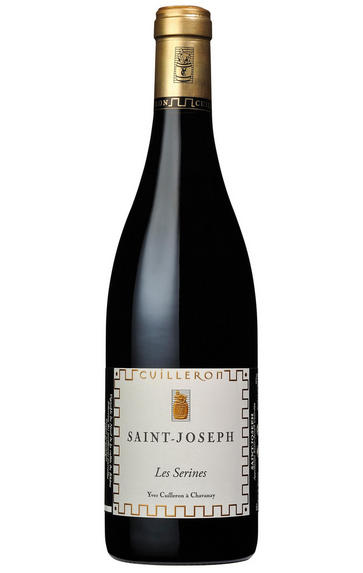
2015 St Joseph, Les Serines, Yves Cuilleron, Rhône
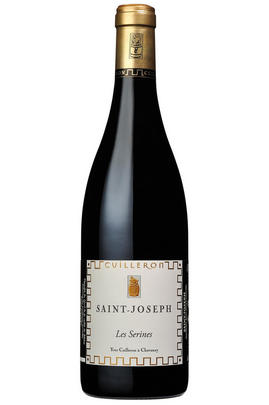
Critics reviews
Jeb Dunnuck - 28/12/2016
About this WINE
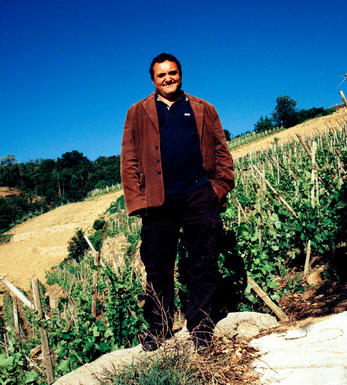
Domaine Yves Cuilleron
Founded by his grandfather in 1920, Yves is the third generation of Cuilleron vignerons. Since taking over in 1987, he has grown the vineyard area to 75 hectares, spanning the length of the Northern Rhône. Based in Chavanay, just south of the town of Condrieu, he makes over 40 cuvées from the range of appellations: half red, half white. The domaine is converting to organic certification, aiming to complete in 2025. In addition to the time spent in his vines and cellar, Yves is passionate about the research and revival of traditional, indigenous varieties.
We will offer two of Yves’s top Condrieu cuvées, Vernon and Verlieu. These single vineyard offerings are made like red wines, seeing 18 months ageing in demi-muids (a portion of which is new wood) and lees stirring, to be differentiated only by their vineyard - and notably the type of granite on which they grow. Complex and age-worthy, Yves cautions to drink them within seven years of vintage or to wait a further five to 10 (at risk of finding them in a closed spell).
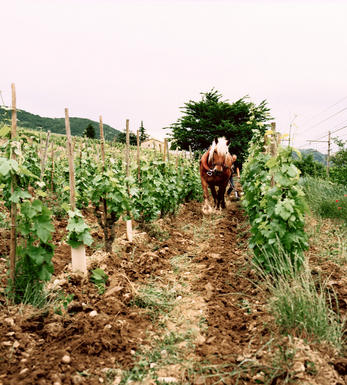
Saint-Joseph
Saint-Joseph is the second-largest appellation in the Northern Rhône with 50 growers producing wines from over 600 hectares of vineyards. Established in 1956, over 90 percent of the wine is red – made exclusively from the Syrah grape. The white wines, meanwhile, are typically a blend of Marsanne and Roussanne varieties. Its vineyards run due south on the west side below Condrieu, and are in six communes: Mauves, Tournon, St Jean-de-Muzols, Lemps, Vion and Glun.
The styles of wine in St Joseph tend to be much lighter than other red Appellations d'Origine Contrôlee and the quality can vary dramatically. The soils and climate differ, as it is a long, narrow AOC. There is no particular characteristic of the commune as some wines are produced near Côte-Rôtie, whilst others are near to Cornas.
The best St Josephs are still produced in the original heartland of the appellation between St Jean-de-Muzols and Mauves, where soils are predominately granitic with patches of limestone and schist. Typically, even the finest St Josephs are slightly lighter and faster-maturing than the wines of Hermitage, as Saint-Joseph's east-facing vineyards lose the sun up to two hours earlier in the crucial ripening season.
Recommended producers: Pierre Gaillard, Domaine Coursodon and Paul Jaboulet.
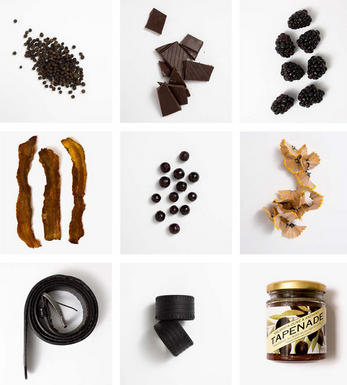
Syrah/Shiraz
A noble black grape variety grown particularly in the Northern Rhône where it produces the great red wines of Hermitage, Cote Rôtie and Cornas, and in Australia where it produces wines of startling depth and intensity. Reasonably low yields are a crucial factor for quality as is picking at optimum ripeness. Its heartland, Hermitage and Côte Rôtie, consists of 270 hectares of steeply terraced vineyards producing wines that brim with pepper, spices, tar and black treacle when young. After 5-10 years they become smooth and velvety with pronounced fruit characteristics of damsons, raspberries, blackcurrants and loganberries.
It is now grown extensively in the Southern Rhône where it is blended with Grenache and Mourvèdre to produce the great red wines of Châteauneuf du Pape and Gigondas amongst others. Its spiritual home in Australia is the Barossa Valley, where there are plantings dating as far back as 1860. Australian Shiraz tends to be sweeter than its Northern Rhône counterpart and the best examples are redolent of new leather, dark chocolate, liquorice, and prunes and display a blackcurrant lusciousness.
South African producers such as Eben Sadie are now producing world- class Shiraz wines that represent astonishing value for money.


Buying options
Add to wishlist
Description
The best of Yves’s three St Joseph wines, the vines are located near Chavanay and mostly over 40 years of age. Les Serines is a worthy ambassador to the on-going re-appraisal of this appellation, all of it positive. A powerful smoky nose is followed by a palate which combines earthy notes with mulberry fruit and a herbal backdrop. It is the poise and definition on the finish which underline the merits of appellation and producer alike. Oh, and the vintage!
Simon Field MW, Wine Buyer
wine at a glance
Delivery and quality guarantee